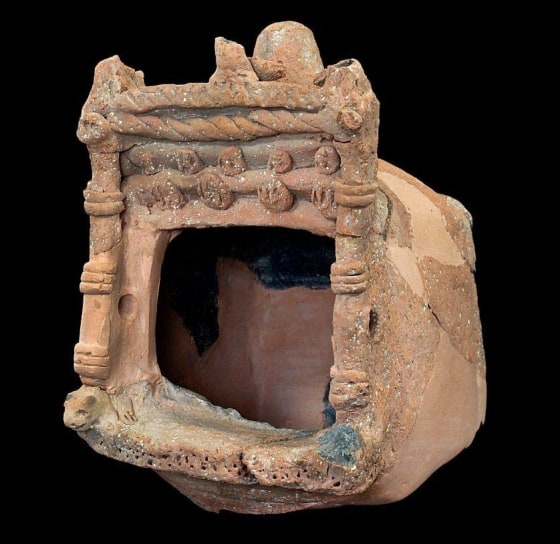Israel was forbidden to set up sacred stones, pillars: “you shall not set up a pillar (massebah), which the LORD your God hates” (Deuteronomy 16:22).
Relationship to the first two commandments against worshiping other gods and the use of idols?
How does this relate to the standing stone found in the room at Khirbet Qeiyafa from the time of David?
Dates of this text with respect to Khirbet Keiyafa?
